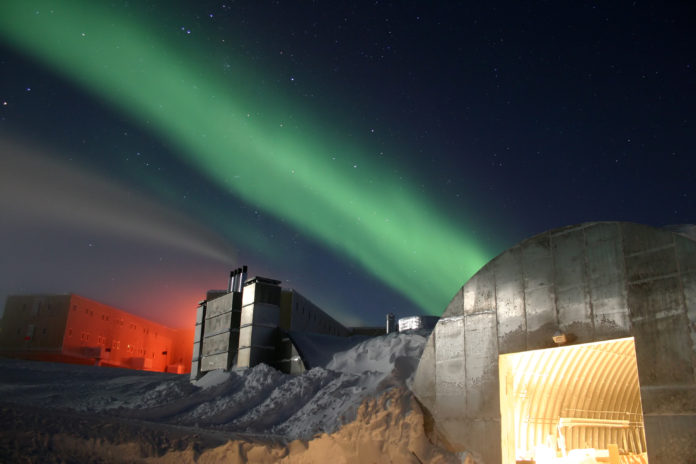Scientists have had a good idea as to the Earth’s mass and composition for some time now. Even so, our efforts in understanding our planet still come up a bit short with greater precision and accuracy always in demand. Now for the first time in history, we may be getting just that with the help of a certain particle. Science News reports on the first measurement of Earth’s mass through the use of neutrinos. A neutrino is a form of subatomic particle so small that it can pass between the particles that create matter. Through observing how these particles move, we can determine mass based on the resistance they face. Essentially, when neutrinos are created by the collision of energized particles in space, they have a chance of passing through the Earth as they move. When this happens, they can either pass through matter without issue or collide with and be absorbed by the nucleus of an atom. By looking at how often this happens, we can determine an object’s density and, by extension, its mass. Prior to this, the only reliable way of identifying the planet’s mass was to try and quantify gravity’s effect on Earth, referencing it against the natural seismic wave activity generated by tectonic plates to understand its density. However, neutrinos give us an independent measure of both of these, potentially making for a much more accurate view of both. Thanks to data collected by the South Pole IceCube neutrino observatory, scientists have determined as close to conclusively as possible that our current understanding of Earth’s mass and density, both overall and in each of its layers, is what we expected it to be, so there won’t be any rewriting of the textbooks just yet. However, research like this has the potential to uncover quite a lot as it continues. For one thing, observing neutrino interactions with the Earth may one day reveal whether or not our own planet is partially composed of dark matter, a hypothetical substance that would push away neutrinos and is said to account for much of the mass of the known universe. Given dark matter is unable to be observed by normal means, this could be one of the only ways to conclusively prove its existence, leading to a wealth of new discoveries about the universe. For now, though, scientists will have to be content with simple fact checking of what we know already.
©












